| By: Paul S. Cilwa | Viewed: 4/19/2024 |
Page Views: 8205 | |
| Topics: #HumanOrigins #Lemuria #MadameBlavatsky #History | |||
| Did Lemuria ever really exist, and, if not, what are all those underwater stone monuments in the Pacific? | |||
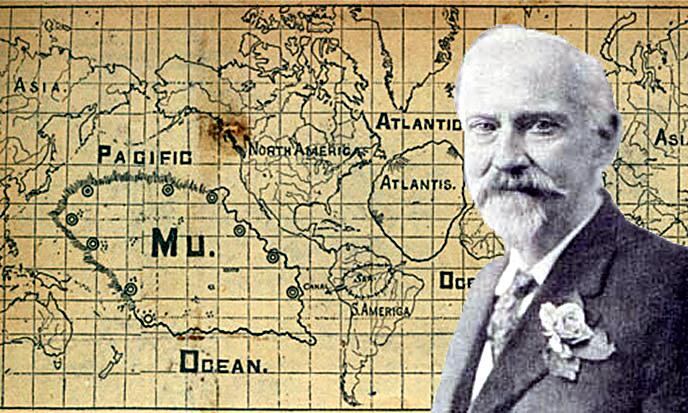
In 1926, James Churchward, an author whose only previously published work was one on fly-fishing in Maine, rocked the world with his claimed discovery of a "lost continent" and civilization. Called alternatively MU and Lemuria, this continent was supposed to have existed in the Pacific Ocean and been home to humans for several millions of years before its sinking 13,000 years ago, when "gas belts" lying beneath it collapsed. (These same gas belts were supposed to have ignited elsewhere, forming mountains—according to Churchward, there were no mountains on Earth before 11,000 BCE.)
As a side note, appropos of nothing, Churchward was a Freemason.
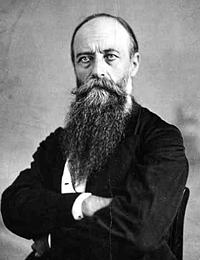
Churchward wasn't actually the first person to mention MU/Lemuria. In 1886, a French physician named Augustus Le Plongeon published a translation of the Mayan Troano Codex, one of only three Mayan books that escaped the fanatical hand of the Bishop Diego de Landa, who had been assigned to "help" the Mayans convert to Christianity. The facts that no one else has ever translated the Mayan language, or that Le Plongeon's work hasn't provided a dictionary useful for translating the other Codexes, didn't stop him from publishing a tale of the Queen Móo who supposedly ruled Atlantis until a wartime defeat sent her to Egypt, where she built the Sphinx. In Le Plongeon's tale, Mu was another name for Atlantis, and "Lemuria" was never mentioned.
And, incidentally, Le Plongeon was a Freemason.
The name Lemuria was used for the first time the next year, in 1887. Geologists were becoming aware of "land bridges," stretches of land between islands or continents that appear only occasionally, during ice ages, when the sea level is low. An Austrian paleontologist published a book describing such land bridges, including one he proposed that once connected India with Madagascar, and explaining how such land bridges could facilitate the operation of evolution. A German biologist named Ernst Heinrich Haekel, knowing that lemurs, a primitive primate, abound on Madagascar, proposed that this land bridge was the original home of humankind, and that lemurs were our ancestors. An English zoologist named Philip L. Sclater proposed the name Lemuria for this sunken land bridge, and the name stuck. As such, Lemuria is a perfectly good name for the land bridge, which we now know did, in fact, exist during the Permian geologic period, from 280 million to 225 million years ago. However, this Lemuria lies beneath the waves of the Indian Ocean, not the Pacific; and there were no humans on Earth to call it "Lemuria" or anything else.
Churchward's alleged discovery was in the form of stone tablets found in Mexico, and clay tablets found in a secret Hindu monastery, at which he had befriended one of the monks. The monk showed him the tablets and even allowed him time to translate them. Although the monks themselves had no idea what the tablets contained, and in spite of his having no formal linguistics training whatsoever, Churchward was able to translate the tablets and so learned the history of Lemuria.
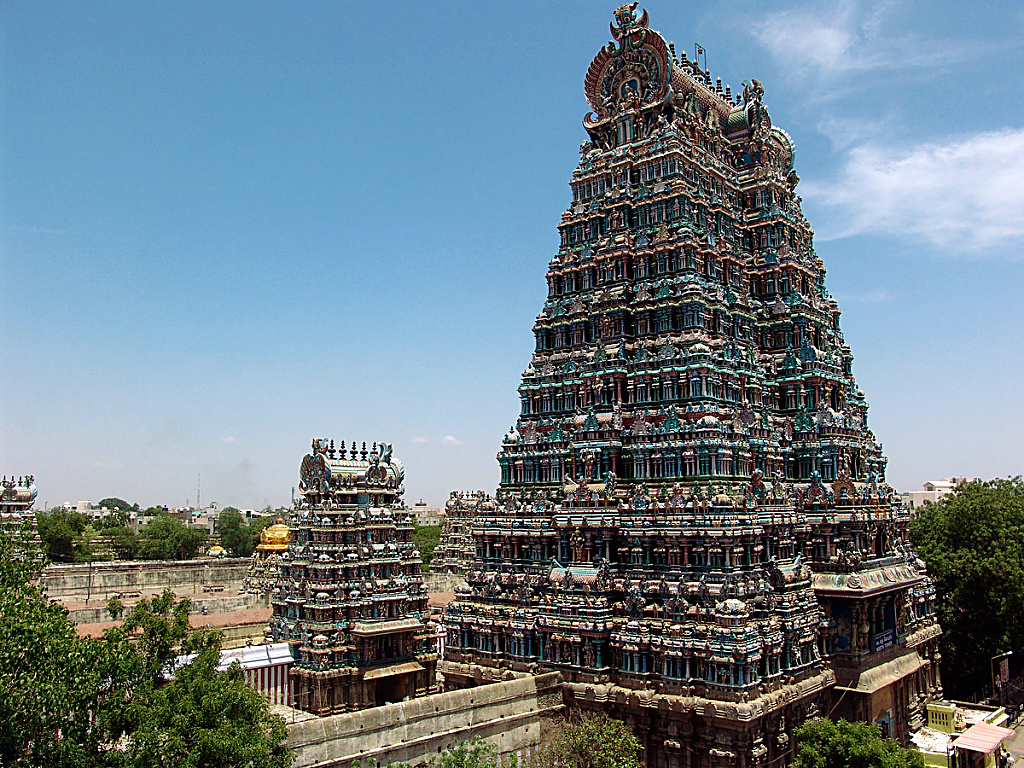
Since Churchward never revealed the location of the monastery, and no monastery has admitted possessing these tablets, they are lost to any modern study. Churchward claimed he had shown a friend the tablets, but no one has ever been able to identify this "friend" as having ever existed.
The Hindu tablets were supposed to have been written in the "lost language of the Naacal". A simple search of the Internet or any encyclopedia reveals that the "Naacal" never existed outside of Churchward's imagination; every reference to them is linked to Churchward—no one knows where they lived or when they lived, and they left absolutely no evidence of their existence outside of the tablets Churchward claimed to have found—and they don't appear to exist, either.
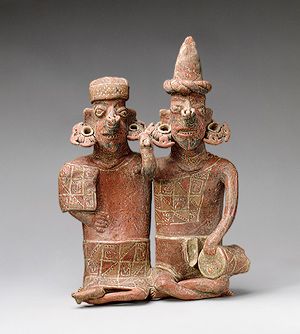
The Mexican "tablets," on the other hand, actually exist…except that, no one but Churchward identifies them as tablets. To everyone else, they are the flattened figurines that the local peoples manufactured by the thousands for prayer and worship. But to Churchward, they are histories of the lost world…which is sort of like a future archaeologist's examining a thousand Barbie dolls to derive the history of the United States.
Churchward's translation includes information that can be tested against current knowledge of geology. For example, he claimed that Earth once consisted of flat plains, until underground "gas belts" ignited, forming mountain chains. Modern geology has found no evidence of this, and the geological history of each mountain on Earth has been studied. Plate tectonics and continental drift, unknown in Churchward's time, have been proposed and proven and provide ample explanation for every mountain and, indeed, most other interesting geological features such as volcanoes, earthquakes, sediment layering, and so on.
Moreover, Churchward's claim that Lemuria was an island continent in the Pacific, off the coast of South America, is weak. The Pacific is the deepest of Earth's oceans, with the thinnest crust—only about five miles thick, as opposed to the 25 mile thickness elsewhere—separating its floor from the Earth's magma layer. The Sumerians believed that, when the planet Tiamet was cracked in half, half became the Earth and the Pacific basin was the leftover scar. (The other half became the asteroid belt, which the Sumerians called "the firmament" or "hammered bracelet")
We know now that continents do not abruptly sink or rise, in terms of absolute distance from the center of the earth. Certainly islands do; examples have been reported in historical times (most recently, in 1963 an ocean floor volcano erupted, creating Surrey Island off the coast of Iceland). Such islands are always volcanic; and, powerful as volcanoes are, one large enough to create (or destroy) a continent would destroy the entire Earth.
A continent, though, is composed of numerous tectonic plates, jammed together; these plates jostle together in slow motion, causing earthquakes and mountain ranges. A plate may push under a neighboring plate; this would cause the first plate to sink, but its neighbor to rise. The continent itself doesn't disappear, but mountains are the result.
On the other hand, a continental mass can disappear beneath the ocean…if the ocean level rises. This may have happened to Atlantis. Satellite measurements of the Atlantic floor show an undersea highland right where Plato said Atlantis was located, in the shape he claimed for Atlantis, and of the area he claimed Atlantis occupied. This highland is located only about 200 feet below the surface of the Atlantic…and many estimates for the amount of water locked into glaciers during the last ice age place sea level at 200 feet lower than it is today.
Unfortunately for the myth of Lemuria, there are no such highlands in the Pacific.
Churchward was openly critical of the theory of evolution, which he referred to as "monkey science." Lemurian "history" bore him out; for humans, he maintained, had been specially created in the Pliocene epoch, which stretches from 12 million to 2 million years ago. (Fossils do indicate that human ancestors, if not Homo Sapiens, existed at the end of this epoch.)
Enter Helena Petrovna Blavatsky

The myth of Lemuria might have died a quiet death if not for Madame Blavatsky. This woman, who made a career of reinventing herself (she had held varied jobs from sweatshop worker to circus bareback rider), discovered she could find ready work as a Spiritualist medium. In 1875 she and her partner, Henry Steel Olcott, a New York lawyer, founded the Theosophical Society.
In 1882, Madame Blavatsky turned over to an Anglo-Indian newspaper editor and the Indian government, a series of letters she claimed were from her teacher, one Koot Hoomi, although handwriting analysis later showed she had written them herself. In these letters, which contained a pastiche of Western occultism and inaccurate Indian mysticism, she revealed a seven-based cosmology in which there are seven plains of existence, seven races of man, and seven cycles of existence. These letters were later gathered into a book, entitled The Secret Doctrine, which, among other things large and small, included references to Atlantis and MU/Lemuria.
According to The Secret Doctrine, Lemuria had been inhabited by hermaphroditic people who laid eggs—not very human-like, by our standards. When these beings "discovered" sex, their downfall began. (Blavatsky claimed, in her biography, to be a virgin, in spite of her age, and the facts that she had been married and had lived as mistress to a Slovenian singer, an English businessman, a Russian baron, and a Philadelphia merchant—though not at the same time.) The offspring of the Lemurians' decadent coupling was the fully human Atlanteans.
Although the Theosophical Society attracted many sincere, talented, and even brilliant individuals, they never seemed to see through Blavatsky's charade, although she had made little effort to cover her tracks and her true history is easily read by those who wish to do so. The Theosophical Society issued a "biography" of Blavatsky that ignored facts in favor of glorifying its founder, and has maintained ever since that Blavatsky was a saint, and that Lemuria once existed. The growing scientific understanding of geology has resulted in a larger and larger chasm between the beliefs of the Theosophists and general knowledge. Although the Society still exists, it isn't taken seriously by many outside its membership.
Meanwhile...
Photos revealed to the world recently show an extensive underwater complex off the coast of Japan.
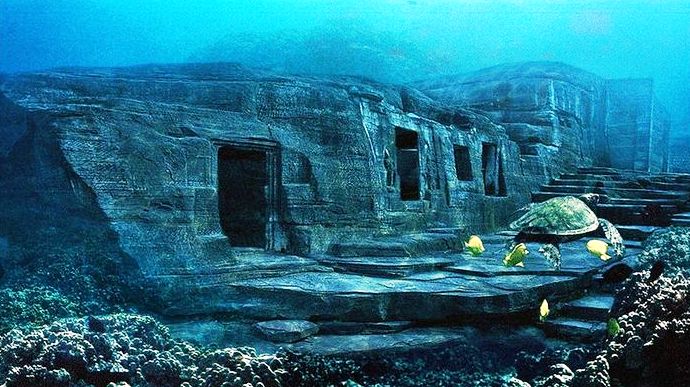
They were accompanied, of course, by headlines screaming that Lemuria had been discovered! But let's not forget that Japan is a thousand miles or more from where Churchward claimed Lemuria had been located; and also that, during the last ice age, sea levels were about 200 feet lower than today so these ruins were well above water. Certainly there was some kind of major civilization going on in the greater Japan area but it would never have been called "Lemuria."
Other Sources
Outside the Theosophical Society, many trance channelers and non-trance channelers have revealed information regarding Lemuria. It would be tempting to throw all this information into the waste-basket, except for the fact that a sizable portion of channeled information can be verified. Edgar Cayce, who mentioned the existence of Lemuria sparingly (and had much to say regarding Atlantis), has a particularly strong track record of accuracy in other matters. So, where does that leave us regarding Lemuria?
I see two possibilities.
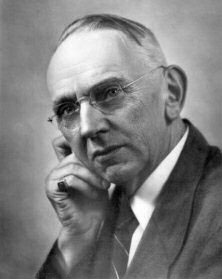
In the first, I suggest that the stories regarding Lemuria did happen—at least, some of them—but not in Lemuria. Few adults of this era have never heard of Atlantis and Lemuria, and the type of person who is likely to follow a career of channeling is particularly likely to have engaged in discussions of lost continents with friends sometime in his or her life. Edgar Cayce's followers like to emphasize his ignorance; but the fact is, he did attend college for awhile and was very likely to have had discussions with other students on the exciting subjects of the day, which included Atlantis, evolution (pro and con), Theosophy, and Lemuria.
In the second, I suggest that perhaps the Sumerian cosmology is right, and that Earth is the remains of a larger, water-bearing planet that was smashed in two, four billion years ago. In that case, perhaps "Lemuria" was a land that existed on the other half—above where the Pacific ocean is now. It wouldn't have been called "Lemuria", and certainly wouldn't have been populated by humans; but it might have been populated by somebody. Whoever that was, whatever life forms existed on the original world, may have contributed DNA to the remains of the catastrophe, and would thus, in a sense, be our ancestors. The channeled histories of MU/Lemuria may be attempts to recount their stories.
The fact is, the stories don't work well together. Churchward's MU was populated by humans like us, co-existing with the Atlanteans; Blavatsky's Lemuria was inhabited by sexless egg-layers. Cayce's Lemuria was inhabited by spirits that "descended into human thought-forms." Everyone who channels a new history of Lemuria is sincere and convinced his or her version is the correct one—and yet, the stories conflict in basic ways.
It seems likely to me that the various stories of Lemuria are not from Earth at all. They may be separate stories, of different peoples and times, of different worlds and perhaps even of different universes. The underlying truths of these tales may be important; there is certainly a lot of energy involved in their production. But, as long as we expect these stories to be historically accurate in all details—including the place of origin as Lemuria, here on Earth—the stories' importance is masked by the obvious contradictions of their basic premise.
As Edgar Evans Cayce, the seer's grandson, points out in Mysteries of Atlantis Revealed,
On the other hand, Cayce speaks of Lemuria, but only in passing; he speaks of the other "Root Races" not at all. There is no sign of the seven subraces of Atlantis. Cayce uses the term "Root Race," but to refer to five entirely human stocks in different parts of the world. As the Theosophists used scientific terms to convey their concepts, Cayce used Theosophical terms for his listeners. But to equate the Cayce concepts with Theosophy or any other occult doctrine is to misread Cayce. The readings are not a rehash of earlier work, but appear to build from that work to make concepts clearer to those who were steeped in the occult lore of the day.
George Lukas may have gotten it right. Instead of placing Star Wars in Lemuria, he began the tale "Long, long ago in a galaxy far, far away…" No one can argue with the story's place or time, so we are free to glean from it the truths that lie within, and are free of any dependence on location.
Bibliography
Churchward, James, The Lost Continent of Mu, New York, Washburn, 1926-1933.
Blavatsky, Helena Petrovna, The Secret Doctrine (The Synthesis of Science, Religion & Philosophy), Adyar: Theosopholist Publishing House, 1888-1938, 6 volumes
De Camp, L. Sprague, Lost Continents (The Atlantis Theme in History, Science and Literature), New York, Dover Publications, 1954-1970.
Cayce, Schwartzer, Richards, Mysteries of Atlantis Revisited, New York, St. Martins Paperbacks, 1988.





